October 27, 2017
HR Directors turning their attention to workplace design and experience
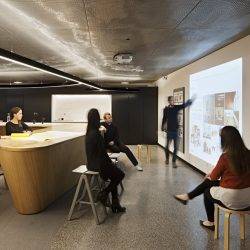 The role of HR Directors is going to change in the future as they will increasingly become “curators” of the office, charged with generating the right atmosphere to inspire millennial workers, according to a study of 100 HR Directors by Unispace. The study claims found that there will be greater HR ownership of the physical workplace in the future as human resources becomes more focused on the employee “experience”. A key to future success will be ensuring workers are “engaged with the workplace” and enable them to collaborate in better ways and become more productive. A recurring theme identified during the interviews was a change to the overall decision-making process around physical space. Previously the remit of property and facilities management, it now includes HR representation as standard practice in large organisations. Bringing HR to the table enables the working environment to embody organisational values and contribute towards achieving strategic “people-led” business objectives, such as better staff retention and productivity.
The role of HR Directors is going to change in the future as they will increasingly become “curators” of the office, charged with generating the right atmosphere to inspire millennial workers, according to a study of 100 HR Directors by Unispace. The study claims found that there will be greater HR ownership of the physical workplace in the future as human resources becomes more focused on the employee “experience”. A key to future success will be ensuring workers are “engaged with the workplace” and enable them to collaborate in better ways and become more productive. A recurring theme identified during the interviews was a change to the overall decision-making process around physical space. Previously the remit of property and facilities management, it now includes HR representation as standard practice in large organisations. Bringing HR to the table enables the working environment to embody organisational values and contribute towards achieving strategic “people-led” business objectives, such as better staff retention and productivity.


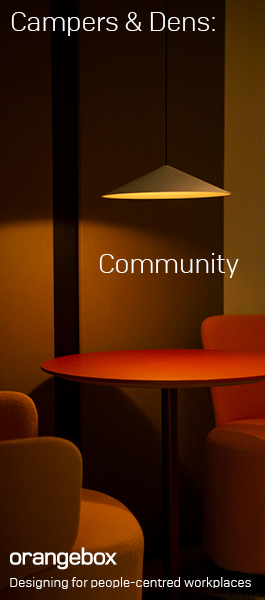



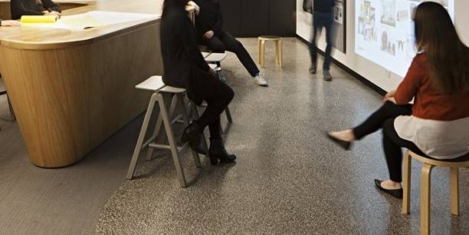


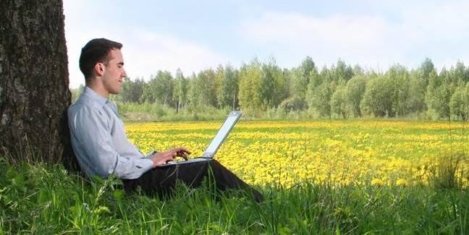
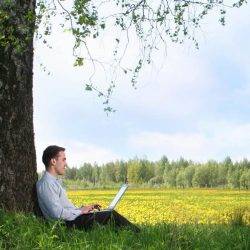
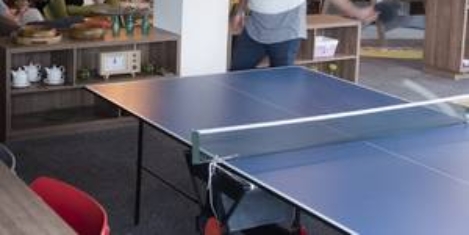
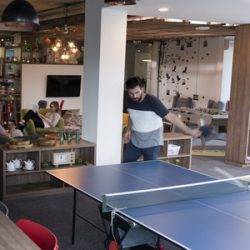


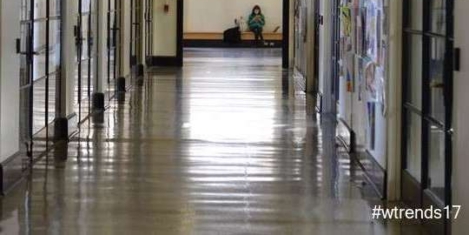
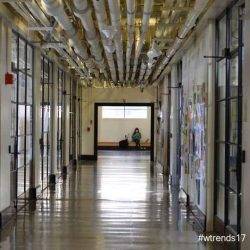 Those working within the built environment are already in the change business, was the view of Neil Usher of
Those working within the built environment are already in the change business, was the view of Neil Usher of 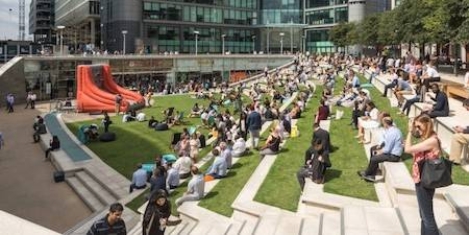
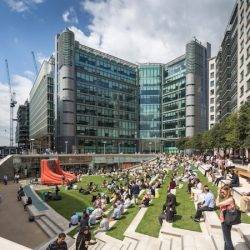

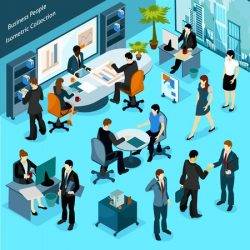
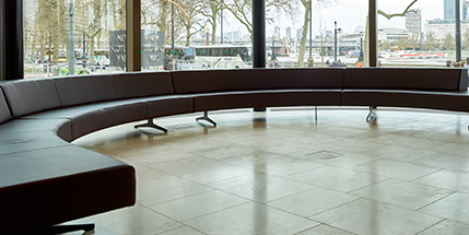
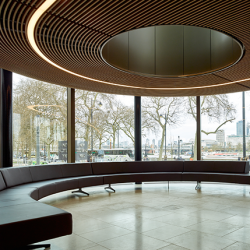

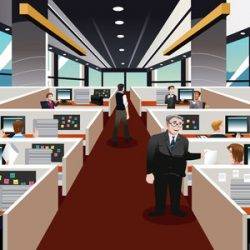
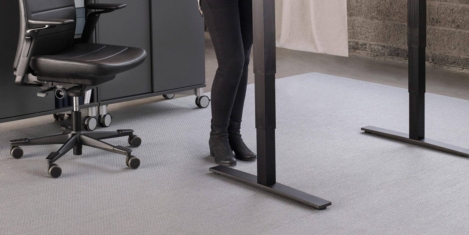
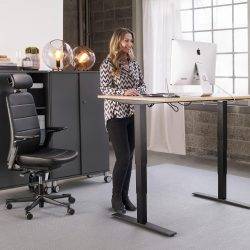
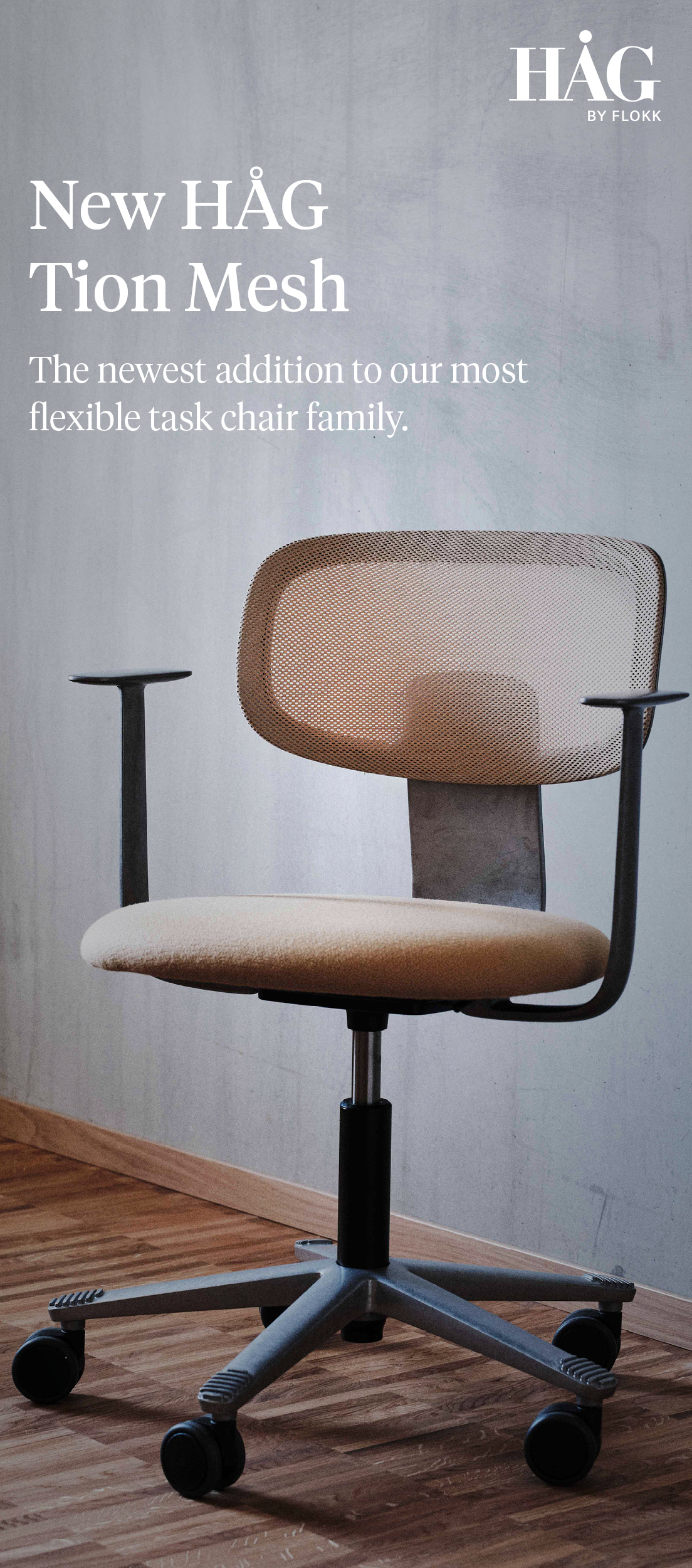
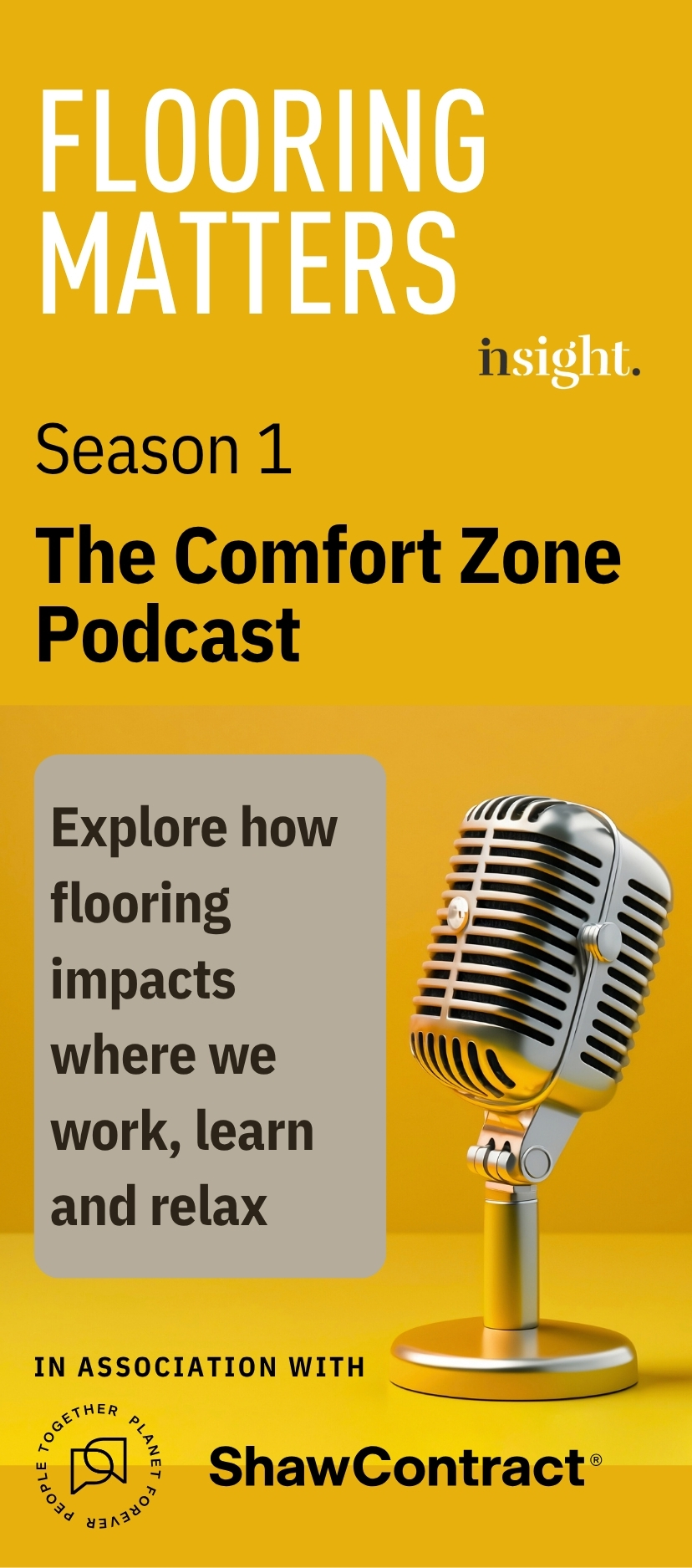







October 25, 2017
Frederick Taylor was a man of his time not a whipping boy for ours
by Mark Eltringham • Comment, News, Workplace, Workplace design
(more…)